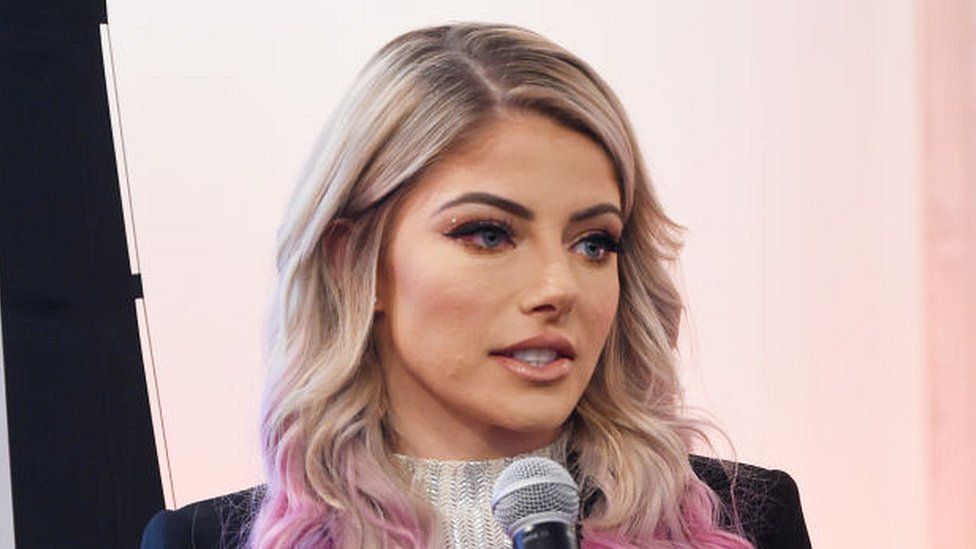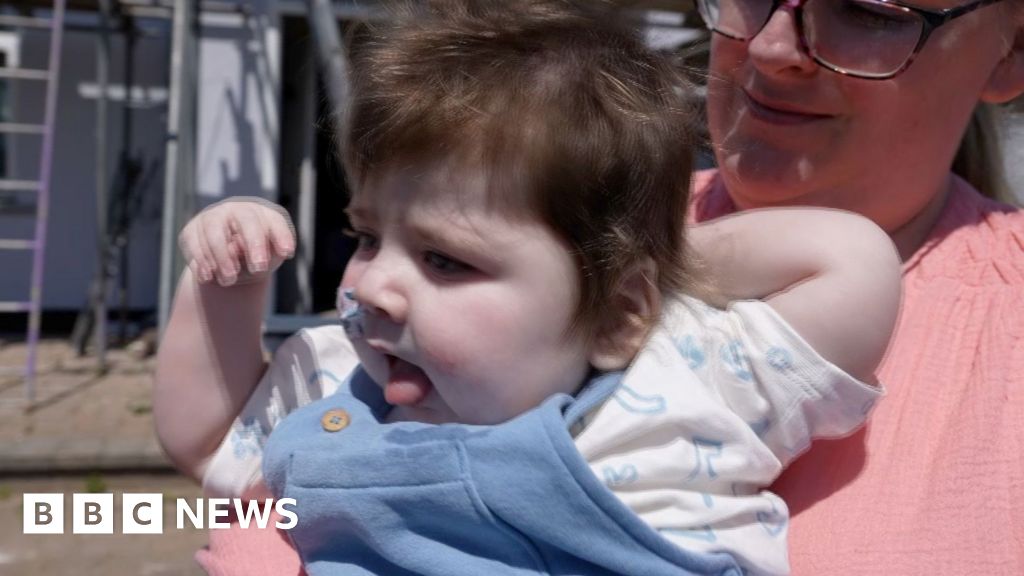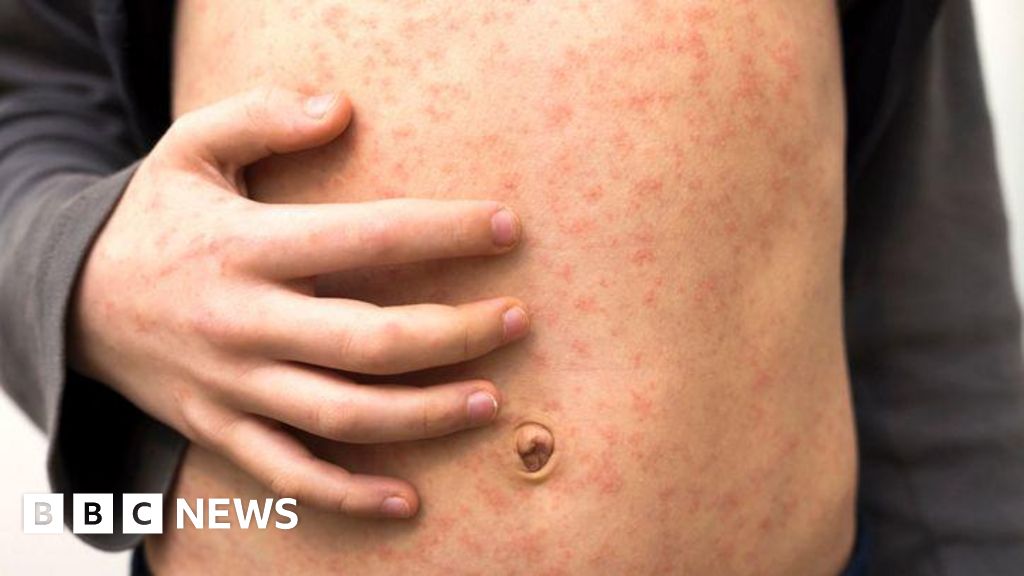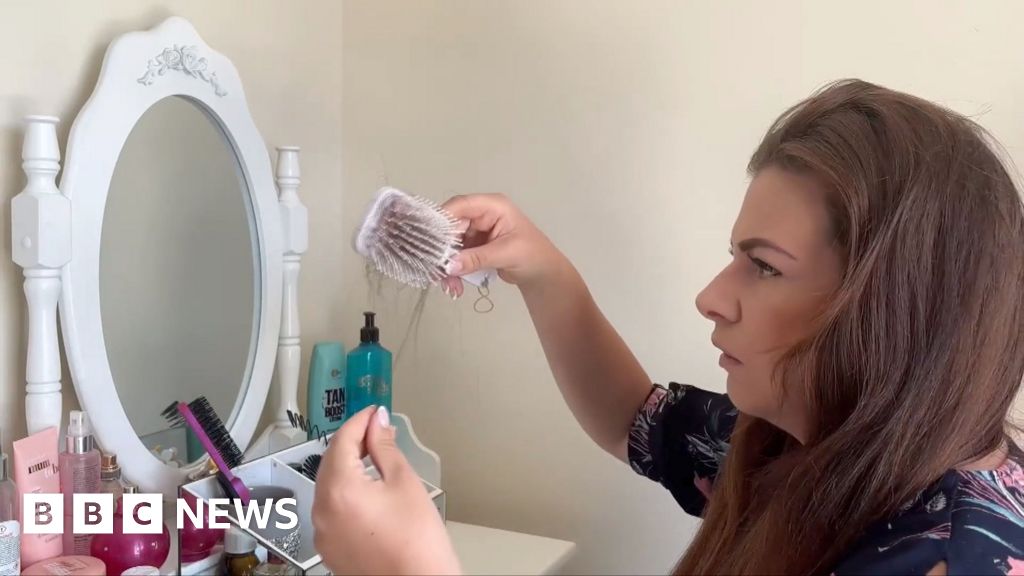ARTICLE AD BOX
 Image source, Jamie McCarthy
Image source, Jamie McCarthy
Alexa Bliss revealed she recently had a basal cell carcinoma removed from her face
By Jack Gray
Newsbeat reporter
"Dear younger me, you should have stayed out of tanning beds."
That's the message WWE wrestler Alexa Bliss had for herself after undergoing treatment for skin cancer.
The 31-year-old, real name Lexi Cabrera, posted an Instagram photo over the weekend showing stiches where the cancer had been removed.
She told fans she's "all clear" of the condition and urged them to "always get your skin checked... if you are in the sun or use tanning beds".
Sharing her story, five-time WWE Women's Champion Alexa said she'd noticed a spot on her face "that had gotten worse".
"So went to get a biopsy," she wrote.
Alexa says she was diagnosed with a basal cell carcinoma, which usually starts as a lump or discoloured patch on the skin that doesn't go away.
It can take months or sometimes years, but the carcinoma slowly spreads.
It's most often found on areas regularly exposed to the sun, such as the face, ears, hands, shoulders, upper chest and back.
The NHS says around 147,000 new cases of non-melanoma skin cancer are diagnosed in the UK each year.
It affects more men than women and is more common in the elderly.
Skin cancer itself is one of the most common cancers in the world and the most serious type - melanoma - can be fatal.
Are sunbeds safe?
Sunbeds work by exposing the skin to ultra-violet (UV) radiation, similar to that found in sunshine.
This releases a chemical called melanin, which causes the skin to tan.
However, while sunlight contains a mix of UVA and UVB radiation, sunbeds produce mainly UVA radiation, which penetrates deeper into your skin.
It is estimated that 20 minutes on a sunbed can be equivalent to approximately four hours in the sun.
Image source, Getty Images
Kathryn Clifford, co-founder of specialist skin cancer awareness charity SKCIN, says it's a "common misconception that sunbeds are a safe alternative to tanning".
"But that's not the case," she says.
"Sunbeds emit the same harmful ultraviolet radiation as the sun, causing cumulative and irreversible damage to the DNA in the skin's cells.
"That significantly increases a person's risk of developing both non-melanoma skin cancer - as in Alexa's case - and melanoma."
If you're worried about skin cancer, Kathryn has some tips:
- Check your skin regularly - "Look out for anything new, unusual or changing and always seek professional advice from your GP or a dermatologist with any concerns."
- Cover up - "Clothing is the most effective barrier between our skin and the sun. A close weave (fabric you can't see through) will provide better protection."
- Suncream - "Reapply your sunscreen at least every 2 hours - more often if perspiring and always straight after swimming."
- Look after your sunscreen - "Make sure your sunscreen is in date and store in a cool, dry accessible place - leaving it in the sun or a hot car for example will cause the ingredients to break down and lose efficacy."
In the UK, it's illegal to use UV tanning equipment if you're under 18.
The NHS says that using sunbeds when you're under 25 can increase your risk of skin cancer in future.
Research shows that UV light can also cause premature aging of the skin.
According to the UK Health and Safety Executive (HSE), sunbed operators should assess your skin type and give it a number between one and six.
It says people with pale skin - types one and two - should avoid tanning equipment.
For levels three and above, sunbed operators should advise you on how many minutes to limit your session to.
The HSE says you should also avoid tanning if you get sunburnt easily, or have a family history of skin cancer.
It also warns against using any accelerants, and says proper eye protection is essential.
You can read the HSE's guidance in full on its website.

 2 years ago
57
2 years ago
57








 English (US) ·
English (US) ·